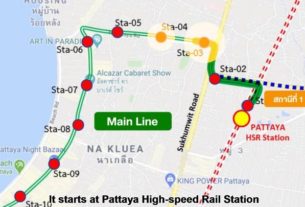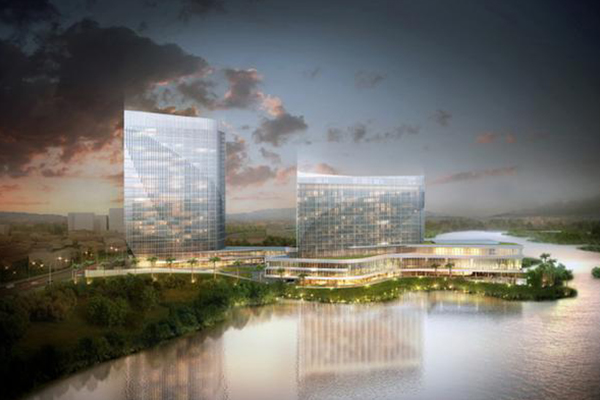It’s not glamorous, but it’s needed
As is usual when a new government comes in, there has been a lot of talk of grand and expensive projects to move the country forward. An example of this is the Pheu Thai Party’s proposal to ”reclaim” land along the coast of Thailand by filling in mangrove forests and mudflats and building a dam 10km from the shoreline in Samut Prakan and Samut Sakhon provinces. The plan has come under attack already from many quarters, and it’s a safe bet that if this megaproject does go through it will be the object of continual protests and lawsuits, much like the proposed coal-fired power plant in Prachuap Khiri Khan’s Bo Nok district that was finally scrapped.
If the new government wants to take on an expensive project that may not be so glamorous but has an unarguable value to the capital city in many aspects, including health, tourism and overall aesthetics, it need look no further than injecting resources and a sense of urgency into the flagging Bangkok Wastewater Treatment Project. Residents and tourists have only to walk alongside or over one of Bangkok’s many inner-city khlongs or canals to know that the city’s wastewater treatment system is not up to snuff.
In 2003, one of Bangkok’s khlongs made headlines when singer Apichet Kittikorncharoen fell into it after a car accident. Exposure to the polluted water left Apichet with a severe fungal infection in his brain. He went into a coma from which he never recovered and died in December 2007. It was hoped that the tragedy would raise awareness of the need to address the problem of water pollution in the capital, but four years later there has been no noticeable improvement.
That is not to say that there haven’t been ongoing efforts to put an effective wastewater treatment system in place. In the early 1990s the city began working under the Wastewater Treatment Project toward a central system of wastewater collection and treatment. The system is intended to divert sewage flows from the network of khlongs and from the Chao Phraya River to treatment plants. There are seven or more treatment facilities in various stages of construction or completion. Two major multi-level wastewater facilities are in operation, one serving Yannawa and parts of Sathon district and one serving Chatuchak district and parts of Phaya Thai, Huai Khwang and Din Daeng districts.
Obviously putting the system in place is a big job and can’t be done overnight, but of late there hasn’t been much information on its progress put out to the public. There is a sense that during the recent years of political stalemate the issue has been put on the back burner. Then too, wastewater projects took a hit in the public perception, with the aborted construction of the Khlong Dan wastewater plant in Samut Prakan, which was the victim of terrible planning and gross corruption.
After sucking up billions of baht in taxpayers’ money the project was never finished. In November 2009, the Criminal Court ruled that former deputy interior minister Vatana Asavahame and 10 other defendants, including executives from the consortium that won the construction bid, colluded to sell public land to the department to fraudulently secure rights to the project.
One of the first things the new government should do is order a thorough assessment of the city’s wastewater system to determine its status, what is needed and how much it will cost. It goes without saying that all expenditures should be closely monitored, but it should be accepted that putting the system in place will be expensive.
For the short term, it might be a good idea to try a cosmetic fix. If the khlongs are in effect open sewers, why not put covers over them? These could be removed in the event the city ever carries through with plans to revive the canals, which obviously would have to be done after the completion of the wastewater system.
Covering the khlongs would be simple and relatively inexpensive, and in a short time some of the city’s biggest eyesores could be transformed into pleasant walkways, decorated with potted plants. This would be particularly welcome over the Sathon khlong which runs underneath the walkway from the Chong Nonsi skytrain station to the Sathon station of the new BRT rapid bus system. While covering inner-city khlongs makes good sense in many cases, it shouldn’t be forgotten that it is a cosmetic solution. The much more difficult and expensive business of fully implementing the Bangkok Wastewater Treatment Project should continue and be greatly accelerated.
Source: http://www.bangkokpost.com/news/local/249563/it-not-glamorous-but-it-needed

